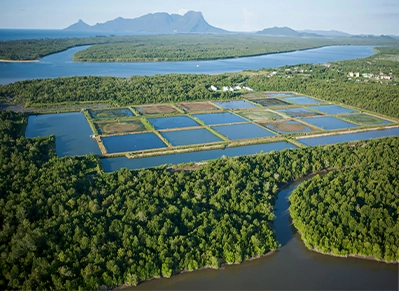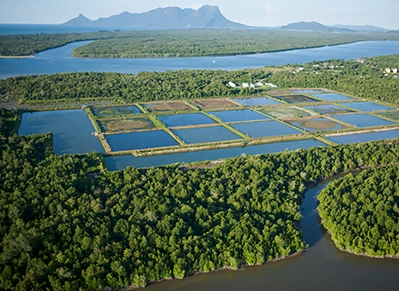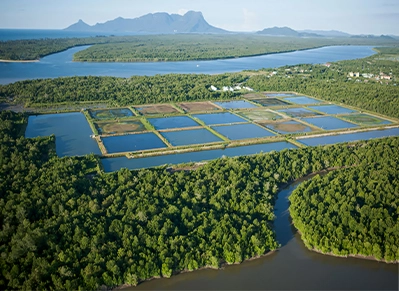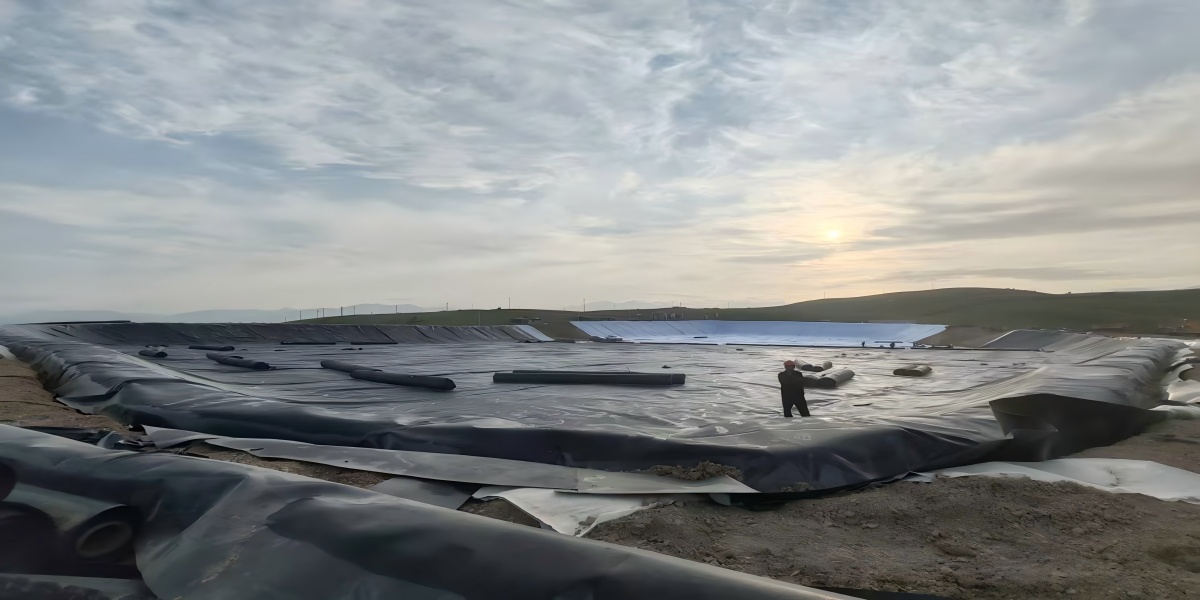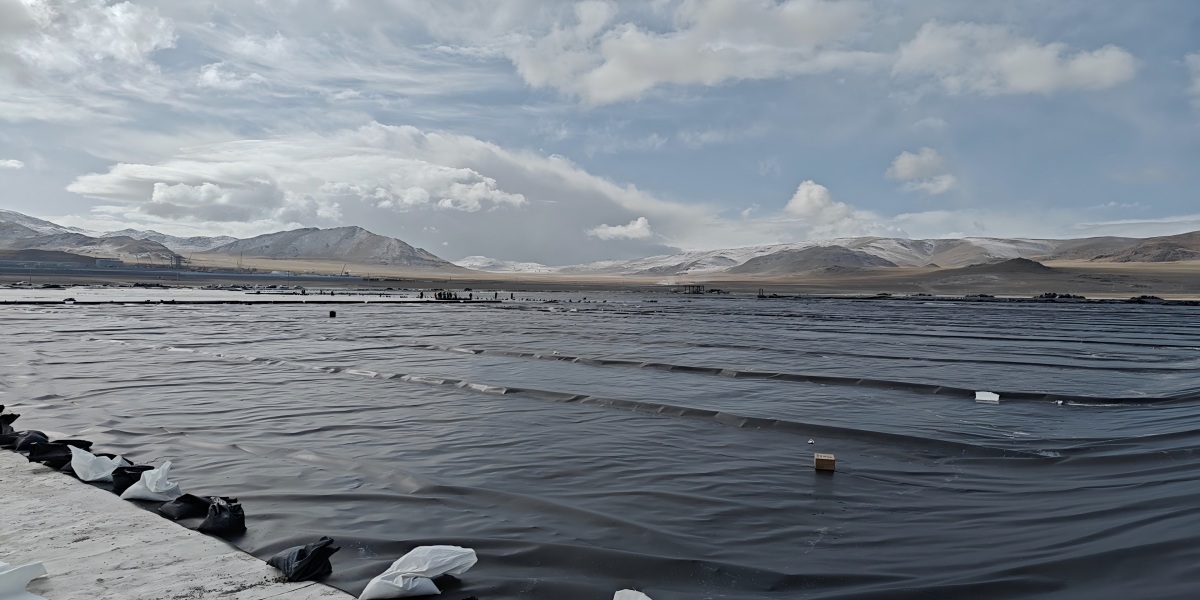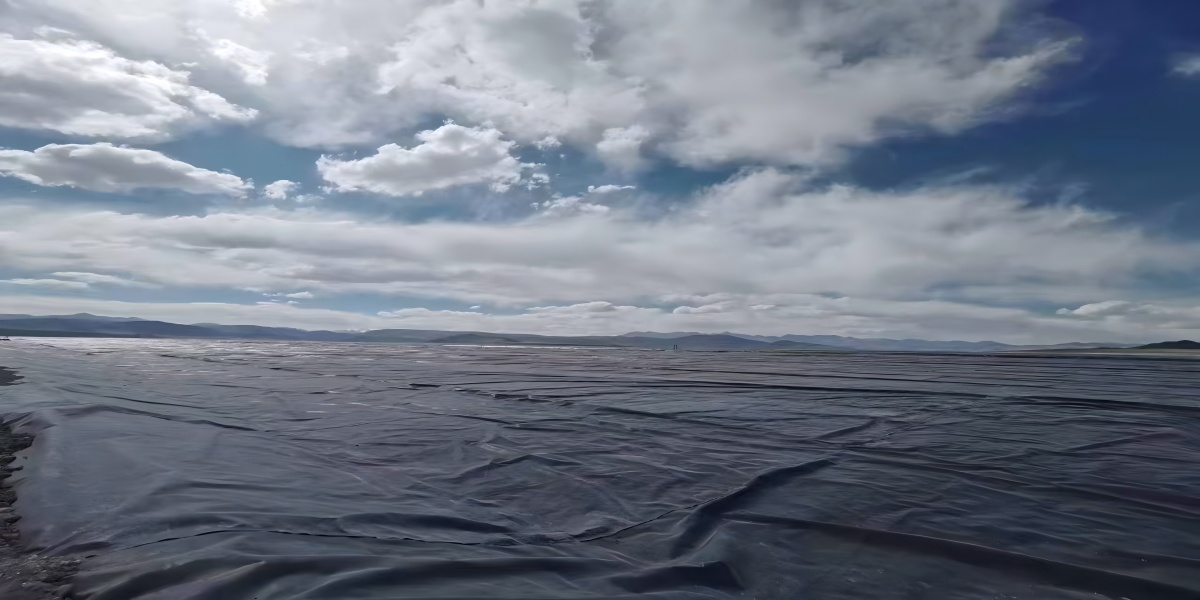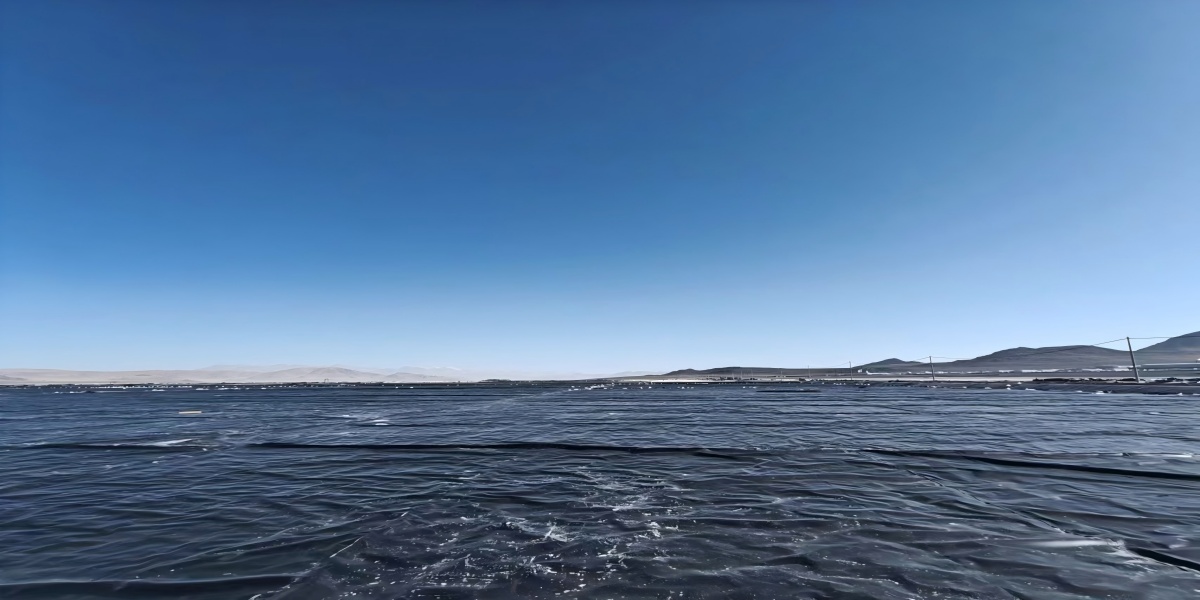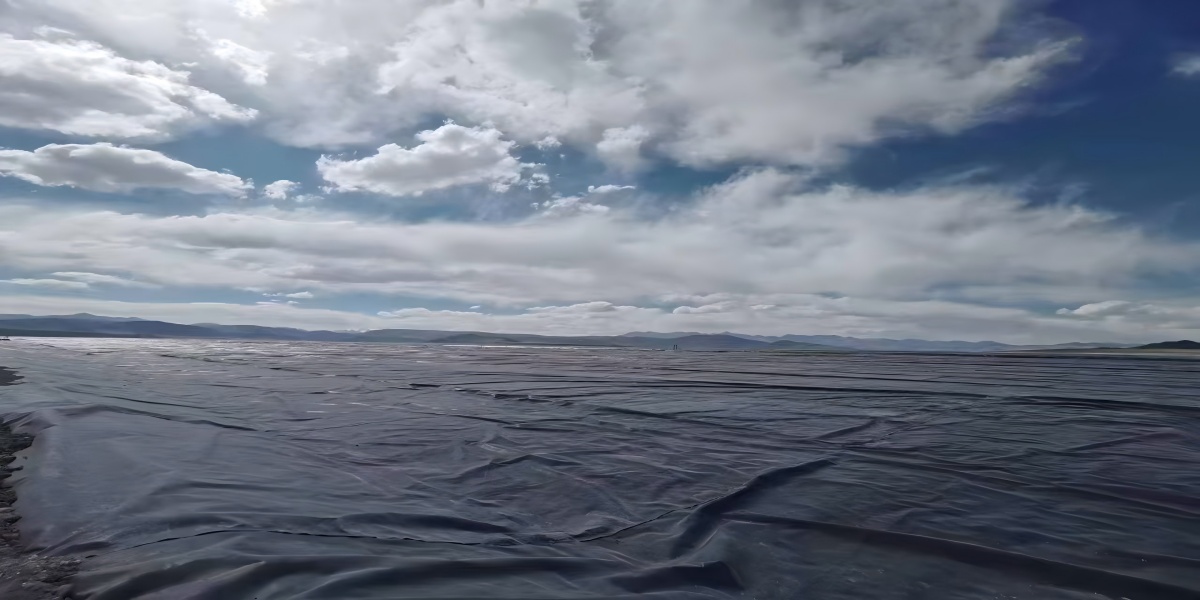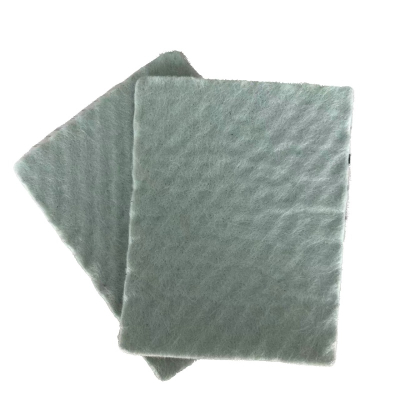What is the Difference Between LLDPE and HDPE Geomembrana?
When choosing geomembranes for containment applications, appreciation the variations between LLDPE geomembrane and HDPE geomembrana is indispensable for engineers and assignment managers. These artificial membrane liners serve imperative roles in environmental protection, mining operations, and waste administration tasks worldwide.
This complete information examines the key variations between LLDPE geomembrane and HDPE geomembrana throughout indispensable categories: molecular structure, mechanical properties, chemical resistance, set up requirements, and utility suitability.
Molecular Structure and Basic Properties
HDPE geomembrana characteristic a linear molecular shape with minimal branching, developing tightly packed crystalline preparations that grant excellent power and durability. This excessive crystallinity (90-95%) makes HDPE geomembrana mainly appropriate for functions requiring strong overall performance underneath demanding conditions. The material's inherent tension provides brilliant dimensional stability, vital for initiatives the place keeping particular geometry is essential.
LLDPE geomembrane include severa brief branches alongside their polymer chains, ensuing in decrease crystallinity (40-50%) and larger flexibility. This branched shape permits the cloth to stretch considerably whilst retaining integrity, imparting most appropriate elongation houses in contrast to HDPE geomembrana.
Mechanical Performance Comparison
HDPE geomembrana demonstrates most reliable tensile electricity (28-34 MPa) in contrast to LLDPE geomembrane (15-25 MPa), making it perfect for functions requiring resistance to great loads. This excessive tensile energy is specially precious for hdpe landfill liner structures the place heavy waste accumulation creates large strain on the containment system.
The pressure of HDPE geomembrana affords extremely good resistance to deformation beneath sustained loading conditions. This property ensures steady overall performance in purposes the place keeping particular geometry is crucial, such as in liquid containment reservoirs. The dimensional steadiness of clean geomembrane merchandise made from HDPE ensures dependable overall performance over a long time of service.
LLDPE geomembrane presents dramatically greater elongation competencies (700-800%) in contrast to HDPE geomembrana (500-600%), permitting it to accommodate subgrade agreement and motion besides creating stress concentrations. This flexibility makes LLDPE geomembrane appropriate for purposes involving irregular subgrades or workable floor motion the place HDPE geomembrana would possibly be much less accommodating.
Puncture resistance differs substantially between these materials. LLDPE geomembrane normally affords higher resistance to puncture and tear propagation due to its capability to deform round sharp objects. This attribute makes it precious in purposes the place the subgrade may additionally include sharp protrusions.
Chemical Resistance and Durability
HDPE geomembrana affords awesome resistance to vast chemical ranges, inclusive of sturdy acids, bases, and natural solvents. The excessive crystallinity and non-polar nature create high-quality boundaries towards most environmental chemicals, making it desired for hazardous waste containment. This chemical resistance extends to oxidative degradation, with carbon-black formulated grades presenting awesome UV resistance.
The demonstrated overall performance of hdpe landfill liner structures in aggressive leachate environments demonstrates the material's fantastic durability. The easy geomembrane floor traits of HDPE geomembrana make a contribution to its resistance in opposition to chemical assault and permeation.
LLDPE geomembrane presents true chemical resistance however suggests increased susceptibility to sure hydrocarbons and oxidizing marketers in contrast to HDPE. The decrease crystallinity lets in barely greater permeation costs for some small molecule chemicals, although it nonetheless affords extraordinary safety for most applications.
Stress crack resistance represents any other necessary differentiator. LLDPE geomembrane inherently gives greatest resistance to stress cracking due to its molecular structure. This makes LLDPE geomembrane appropriate for purposes involving steady anxiety or movement, even though present day HDPE geomembrana formulations have appreciably extended in this aspect.
Installation and Seaming Considerations
HDPE geomembrana set up requires meticulous subgrade coaching to dispose of sharp protrusions and make sure uniform support. The material's relative stress needs cautious dealing with to keep away from creasing or folding that ought to create stress attention points. During deployment, HDPE panels usually require photo voltaic rest to limit thermal-induced wrinkles.
Seaming methodologies for HDPE geomembrana principally contain dual-track fusion welding, growing strong, long lasting bonds when appropriate executed. The regular melting traits enable for dependable seam quality, whilst the easy geomembrane floor helps easy non-destructive testing.
LLDPE geomembrane set up is extra forgiving of subgrade imperfections due to its flexibility and conformability. The fabric adapts to irregular surfaces barring requiring ideal grading, probably decreasing website online training costs. LLDPE's decrease thermal growth coefficient reduces temperature-induced wrinkles, simplifying deployment in various climate conditions.
Seaming LLDPE geomembrane requires changes to popular HDPE geomembrana welding parameters due to distinctive soften glide characteristics. While comparable gear can be used, technicians need to adjust temperature, pressure, and pace settings to reap best seam quality.
Application-Specific Selection Guide
HDPE geomembrana is ideal for functions worrying most chemical resistance and dimensional stability. Primary containment systems, specially hdpe landfill liner purposes for hazardous waste, make use of HDPE due to its confirmed overall performance with aggressive leachates. Applications involving excessive static loads, such as deep waste storage amenities or reservoir liners with sizable hydraulic pressure, advantage from HDPE's predictable conduct below sustained loading.
Projects requiring low permeability normally specify clean geomembrane merchandise made from HDPE for their top notch impermeability. Potable water storage and aquifer safety initiatives advantage from the material's low transmission quotes for each drinks and vapors.
LLDPE geomembrane excels in purposes requiring flexibility and most beneficial stress crack resistance. Projects with difficult subgrades, viable differential settlement, or irregular geometries advantage from LLDPE's potential to accommodate motion barring compromising integrity. Mining applications, mainly heap leach pads with dynamic loading conditions, make use of LLDPE for its puncture resistance and flexibility.
Applications in chillier climates might also prefer LLDPE geomembrane due to its maintained flexibility at decrease temperatures. Projects involving uncovered geomembranes problem to thermal biking advantage from LLDPE's decrease coefficient of thermal expansion, which reduces wrinkling and stress development.
The selection between these substances relies upon on precise venture requirements, environmental conditions, and overall performance expectations. Both furnish gorgeous containment options when chosen as it should be and mounted correctly. Consulting with skilled geomembrane experts ensures most beneficial decision for every special application, whether or not selecting a strong hdpe landfill liner or a bendy LLDPE solution.
